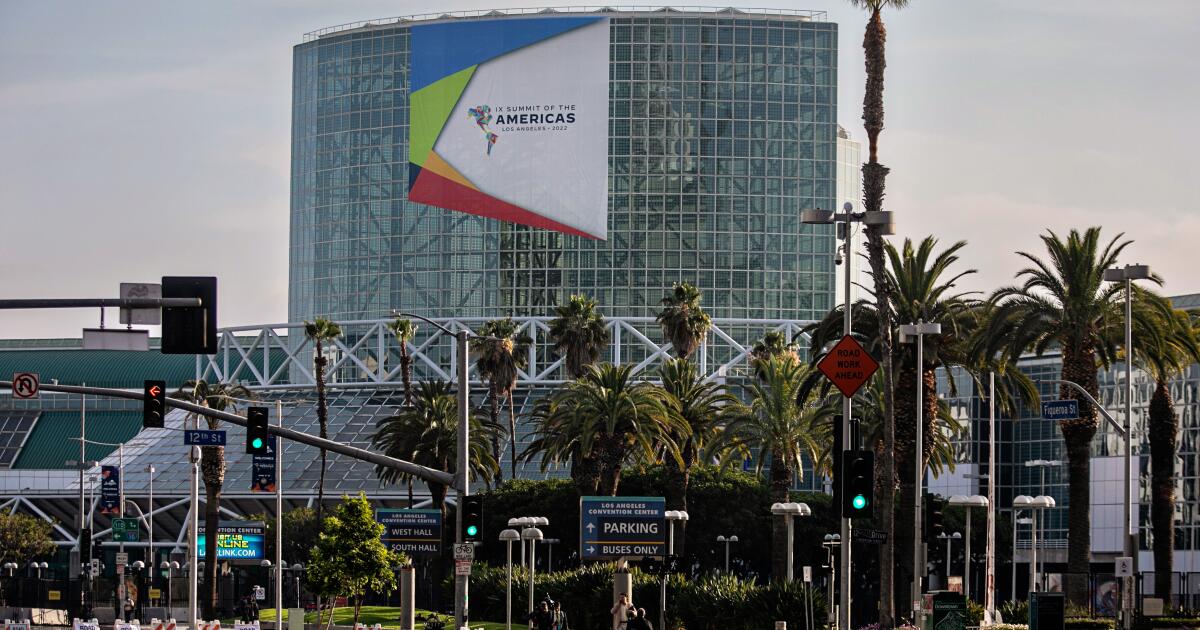A British man living in Benidorm has claimed the party city may be ‘finished’ after witnessing its surprising ’emptiness’ this summer, and people claim it’s all down to cost
A British expat living in Benidorm has claimed the renowned party city is “finished” as tourists are being “priced out,” with some claiming they are instead flocking to a more affordable destination. Harry Poulton, a TikTok influencer known for sharing his travel advice on the Spanish resort, suggested in a recent video that Benidorm might be “finished” after noting the streets this summer appeared more empty than usual.
In a clip which has racked up over 125,000 views, hints at the city’s rising costs as a potential reason for its decline. “[Is] Benidorm finished? Where is everybody? It’s the middle of July, and it’s absolutely dead,” he noted.
The 24-year-old, originally from Brighton, remarked: “Normally at this time of year, Benidorm’s mentality – it’s busy, there are people absolutely everywhere,” according to Luxury Travel Daily. Harry added that he’d just been down to the beach, and there was simply nobody around.
“I’ve been down the Benidorm strip; hardly anyone there. Bars [aren’t] even that busy – what’s going on? Is everyone going to Tenerife now? I’ve only been away a week.”
Harry also expressed his astonishment at the lack of crowds, noting that even during usual peak hours around 7pm, the streets remain deserted.
His observations have sparked a flurry of theories among TikTok viewers, one of whom commented: “Have to say hotels are getting more and more expensive. Crazy prices.”
Meanwhile, a different user suggested where all the missing tourists might be. “Everyone is going to Salou, Spain,” they said. A third person agreed: “It’s got too expensive.”
A fourth individual lamented: “People are fed up with being robbed, mate [sic].”
Meanwhile a fifth TikTok user expressed: “Getting too expensive. Used to be my go-to holiday. However, I cannot afford Benidorm this year. Other Spanish places half the price.”
In a separate video, meanwhile, Harry reiterated his frustration with the rising costs in the city. The content creator asserted: “Benidorm is getting expensive. Everything this year has gone so much more than last year. I’m not the only one that feels this way.”
Reacting to a follower who had spent nearly £1,000 for a week’s stay in a single room, Harry sympathised: “Ouch, that’s got to hurt. Don’t get me wrong – eating out, drinking, all those sorts of things are still very reasonable, especially price-wise compared to the UK.
“Everything has got really expensive; not just in Benidorm, but in general.”
And he concluded, reflecting: “Is Benidorm falling off? Or is it just the world in general? Mad, really – what are holidays? What’s a cheap holiday now?”
Brits abroad have been warned to brace for more summer holiday protests from anti-tourists, meanwhile.
The Southern European Network Against Touristification (SET) group, already revelling in the widespread disruptions caused on a Europe-wide day of action on June 15, is threatening there is more disruption to come. In a strong statement they said: “Common sense is changing.
“The myth of tourism as economic salvation is over. Touristification is no longer a problem perceived by a few. It has become a widespread concern across generations, social classes, cities and regions. And this is just the beginning.”
The group added: “Given the situations we are witnessing everywhere, there is no doubt that more actions and mobilizations will take place here and there this summer, much like there might be more anti-touristification actions on 27th September for World Tourism Day. The struggle against touristification is growing, expanding, and is being organized. Because our lives are worth more than their profits.”





